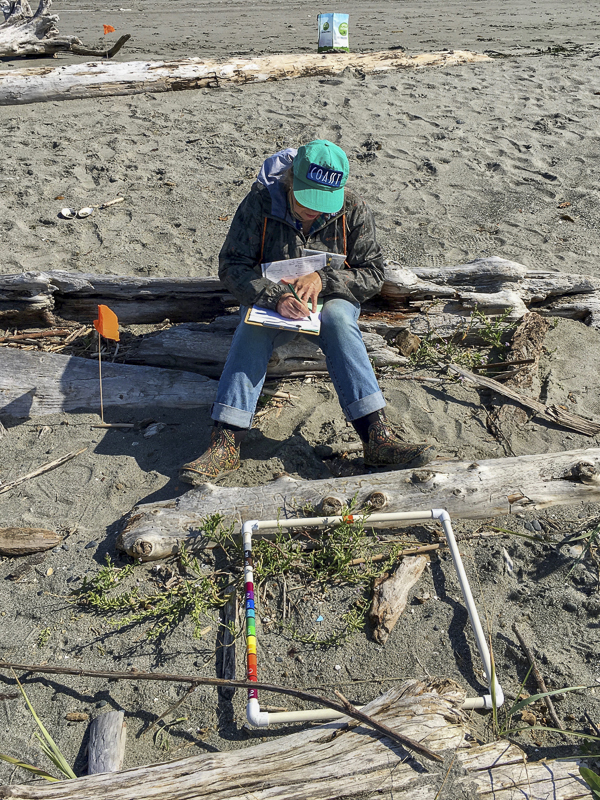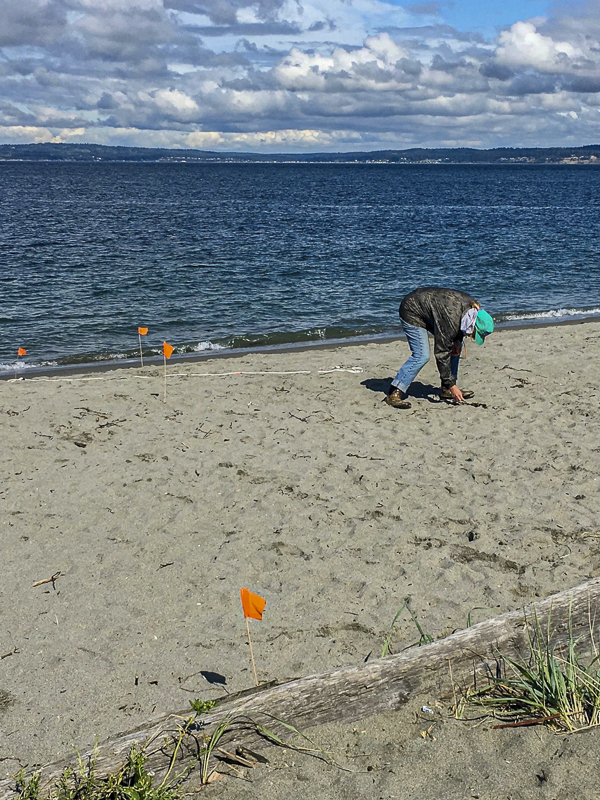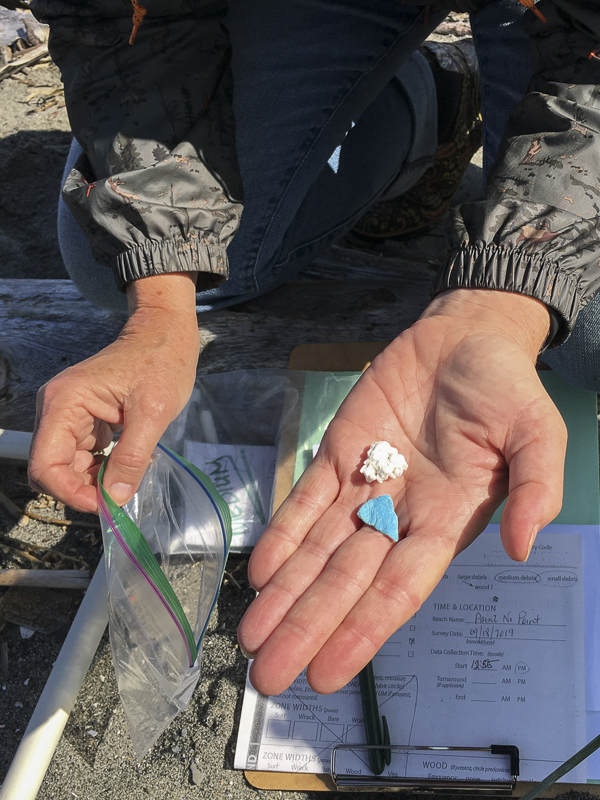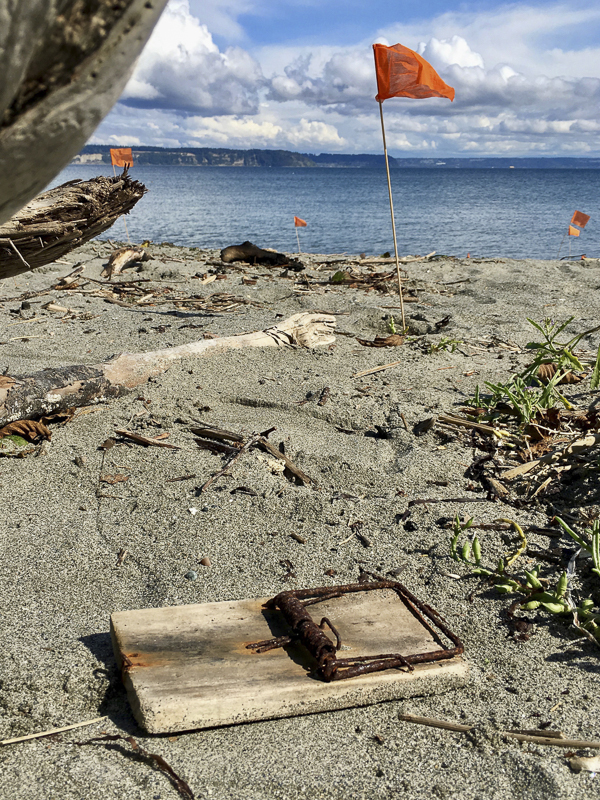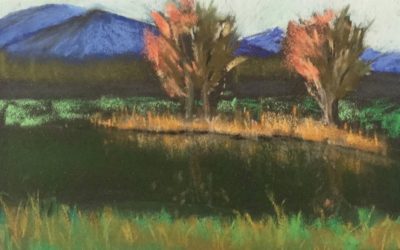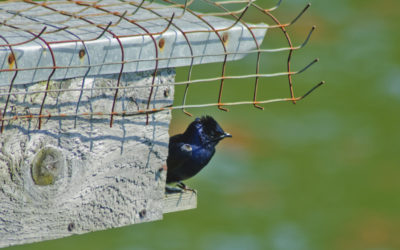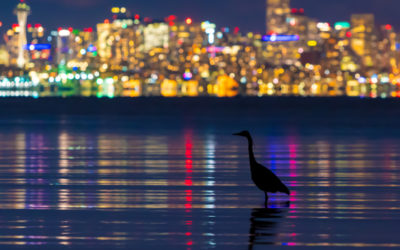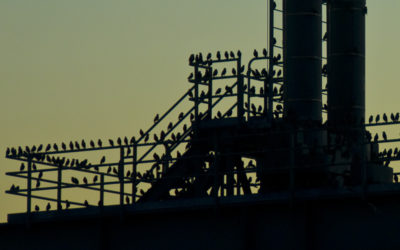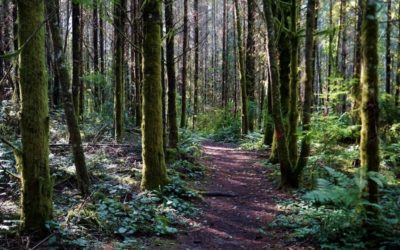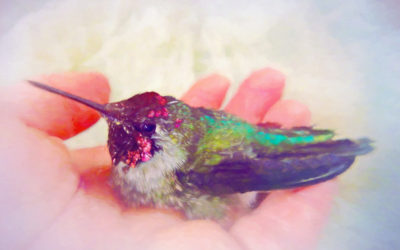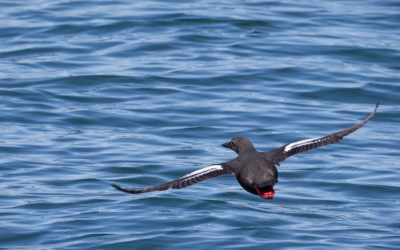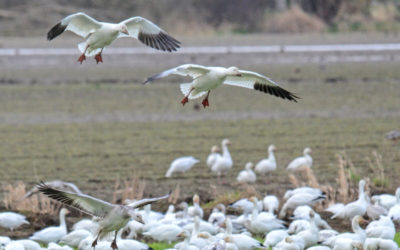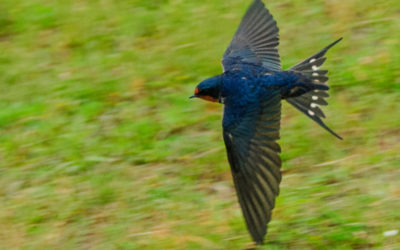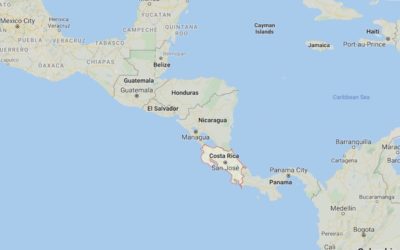CITIZEN SCIENCE
by Todd Ramsey, Winter 2019
Photo by Eric Wagner, COASST staff
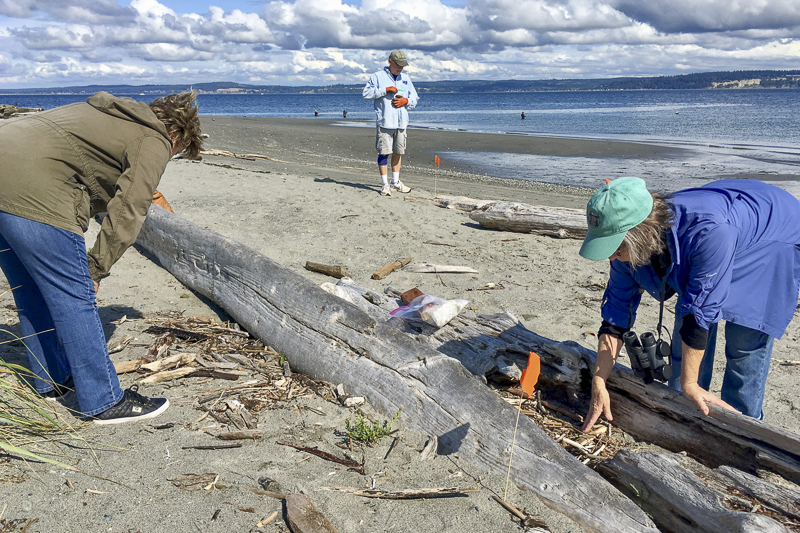
Photo by Eric Wagner, COASST staff
CITIZEN SCIENCE
by Todd Ramsey, Winter 2019
It all started out so innocently. We just wanted to pick up trash on the beach after a storm. Soon after that we discovered COASST.org (Coastal Observation and Seabird Survey Team). COASST is a University of Washington research project that utilizes citizen scientists (like us!) who are willing to commit to spending one day per month surveying a specific beach, collecting any foreign objects that they find and then completing a detailed report on what they collected.
Photos by Eric Wagner, COASST staff
The COASST Marine Debris project doesn’t focus only on the identity of found objects; it is also concerned with impact—what harm can this piece of trash do to wildlife and nearshore ecosystems? Does the debris look like something that a bird would normally eat, or could its shape present a harm to wildlife? I can’t forget that photo of a sea turtle with plastic six-pack rings around its neck. COASST also looks at sourcing—where did this item come from?
We gathered a small group of dedicated people who wanted to try their hand at “citizen science” and go out to the beach to collect data for this U.W. research project. Because the COASST project covers the entire west coast of the U.S., from southern California all the way up to the Aleutian Islands, it’s important that all teams collect data in a very specific manner for consistency. I quickly realized why I needed to spend six hours in class about collecting trash. We learned how important it is that all of us well-meaning beach surveyors report all of our data properly so that the folks back at the “U” can record it in a way that is understandable and accurate.
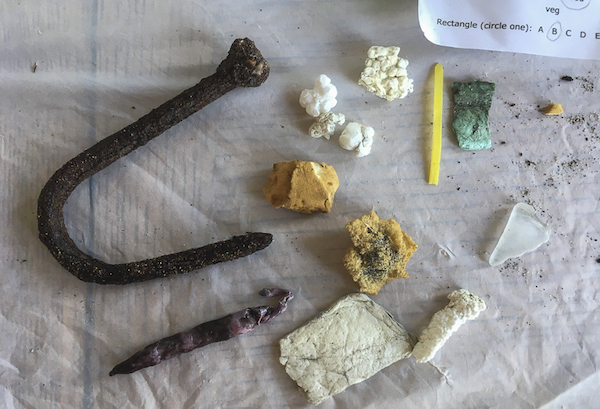
Photo by Adelia Ritchie
Soon it was time to put it all into practice. In our case, the four of us had trained together, and we all lived in the same town so we came as a ready-made team. Our designated beach (Point No Point, in Hansville, Washington) is 1,500 meters long so we all get a good morning walk. COASST provides us with the tools that we need (measuring devices, marker flags, identification tags, report forms, and the like), so we pack up our backpacks and head on to our first stop.
We had our choice of studying three or five specific locations on the beach, and I must admit that when we began, three seemed like plenty. Our pacer paced out to the first stop, and we set up a five-meter-wide rectangle that covered all the beach zones: from the surf, through the bare sand, the wrack (the band of seaweed), the wood (where all the logs and driftwood collect) and the vegetation (the “top” of the beach). Each zone was measured and recorded, and then we collected and tagged any debris within each zone for later identification.
We found a lot of Styrofoam pieces that had been washed and wind-blown ashore, especially up in the wood zone. We also found plenty of cigarette butts and plastic wrappers. Inevitably we would come across something quite unexpected that made us wonder how it could have gotten there. Ahh, the mysteries of life on the beach!
Photos by Eric Wagner, COASST staff
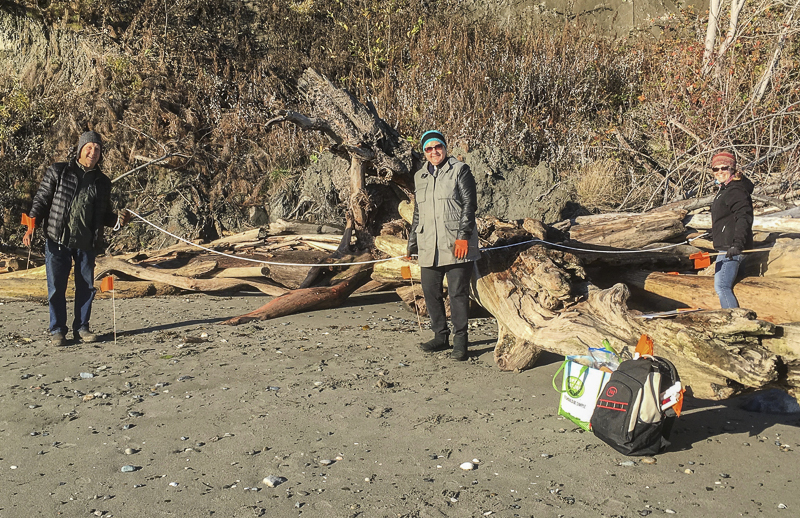
Point No Point Beach near Hansville, WA. Photo by Adelia Ritchie.
There were always inquisitive beach walkers and usually a friendly dog or two. Most of the time, the weather was kind to us, and we were able to finish our tasks without too much difficulty. Then we return to our local grill, spread a table cloth on the table, sort through our day’s haul, and enjoy a nice hot chocolate or other refreshing beverage—depending upon the temperature and time of day—and write up our report, characterizing every item we found by size, color, composition, labels, bar codes (if any), and so on.
It is very enjoyable to spend some time on the beach with friends, and also gratifying to know we are contributing in our small way to the advancement of the science of studying our sea birds and their environment. Some of us think that science does matter.
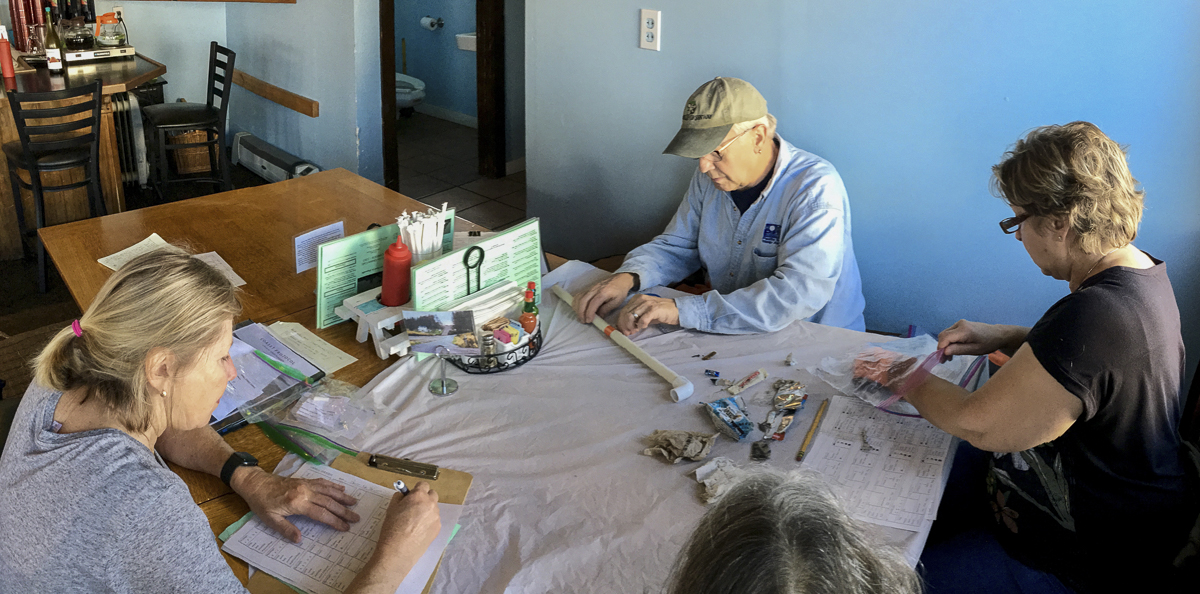
Photo by Eric Wagner, COASST staff
Editor’s note: What does this have to do with birds?
Dr. Julia Parrish, founder of COASST.org, recognized the need for a seabird monitoring program that would generate baseline data to help assess patterns of seabird mortality due to natural and human-induced events. Without baseline data, she reasoned, they would only be able to speculate about causes of population change among marine bird species found in our nearshore waters.
COASST volunteers generate valuable program data by surveying for dead birds and by collecting, categorizing, and reporting on manmade debris found in their survey areas. Such debris might include artifacts that birds could confuse for food, like shiny objects or plastic bits washed up onshore. “Human-induced” events also include fuel spills, where bird feathers become oiled, rendering them unable to fly. Birds can also become fatally entangled in plastic webbing, fishnets, and other plastic debris, both onshore and drifting about in the sea.
Julia realized that a monitoring program in which scientists collaborated with coastal residents could generate vital information about North Pacific seabirds, while simultaneously giving participants the opportunity to voice their local expertise, engage in university science, and become a part of the science team.
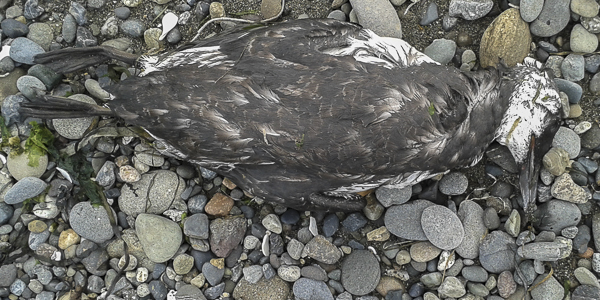
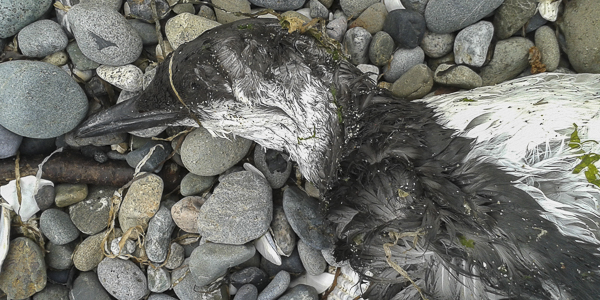
Murre photos by Deborah Milton.
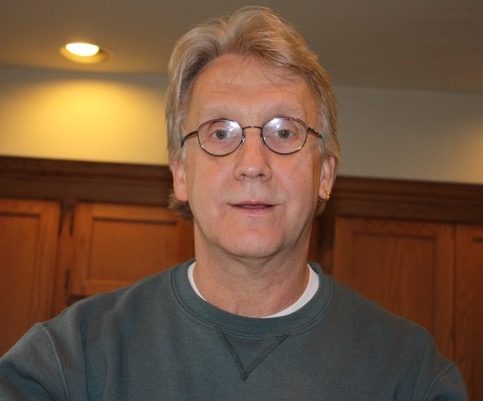
Todd Ramsey is a retired health care worker who is enjoying life in Hansville. He spends as much time as possible volunteering in his community and spoiling his grandchildren. His time spent with COASST activities allows him to keep in touch with the important field of science.
Table of Contents, Issue #6, Winter 2019
Birds of Bufflehead Pond
by Adelia Ritchie, Winter 2019Painting by Adelia Ritchieby Adelia Ritchie, Winter 2019 Such big ideas we had when we first set out to inhabit Bufflehead Pond Farm! The place had not been properly tended for years and the local ecology (mostly blackberries and...
Purple Martins
by Gene Bullock, Winter 2019Photo by John F. WilliamsPhoto by John F. Williamsby Gene Bullock, Winter 2019 Native Americans learned long ago that if they hung hollow gourds around their villages, they could attract Martins to nest in them. The birds repaid them by...
Great Blue Heron
by Nancy Sefton, Winter 2019Photo by Philip HutchersonPhoto by Philip Hutchersonby Nancy Sefton, Winter 2019 As I floated in my kayak, I spotted a great blue heron perched on a mass of partially submerged roots. Suddenly it stabbed the water and came up with a small...
Poems-6
Winter 2019Winter 2019 Haiku by Nancy Rekow One heron standing.Mist hangs low in the valley.I will write to you.Painting by Kathleen Faulknerby Nancy TaylorIn Beacon Hill Park, Victoria B.C. I watch a bald eaglelight...
Foto Tour 2
Showcase of Participant Photos North Kitsap Heritage Park from September 18, 2019 Showcase of Participant Photos North Kitsap Heritage Park from September 18, 2019 On September 18, 2019, WSU Extension in Kitsap County hosted a Forest Foto Expedition led by John F....
Should I Stay?
by Sharon Pegany, Winter 2019Artwork by Catherine WhalenArtwork by Catherine Whalenby Sharon Pegany, Winter 2019 turn of time rustle of feather echoing songs of beak and bill listen afresh to the voices among usWinter may be a quiet season in the Salish Sea region,...
Seabirds Are Cool
by Julia Parrish, Winter 2019Photo by Lee TenneboePhoto by Lee Tenneboeby Julia Parrish, Winter 2019 In Washington State, there is a bewildering abundance of seabirds. The seabirds of the surf zone that always capture my imagination are in the Alcid family: murres,...
The Russians Are Coming
by Paul Pegany, Winter 2019Photo by Catherine WhalenPhoto by Catherine Whalenby Paul Pegany, Winter 2019 The Russians are indeed coming! They are winged, white, and ready to spend their winter along the shores of the Salish Sea in northwest Washington. As the rain...
Barn Swallow
Nature's Pest Control by Adelia Ritchie, Winter 2019 Photos by John F. Williams except where notedNature's Pest Control by Adelia Ritchie, Winter 2019 Photos by John F. Williams except where notedClose cousin of the purple martin is our hard-working summertime...
Editorial-6
by Adelia Ritchie, Winter 2019by Adelia Ritchie, Winter 2019 On vacation in Costa Rica recently, I walked the city of San José one morning and visited a famous museum of pre-Colombian civilization, back when indigenous tribes lived in harmony with nature and as a...
PLEASE HELP SUPPORT
SALISH MAGAZINE
DONATE
Salish Magazine contains no advertising and is free. Your donation is one big way you can help us inspire people with stories about things that they can see outdoors in our Salish Sea region.
We also don't advertise Salish Magazine, so please spread the word of this online resource to your friends and colleagues.
Thanks so much for your interest and your support.
We also don't advertise Salish Magazine, so please spread the word of this online resource to your friends and colleagues.
Thanks so much for your interest and your support.
FIND OUT MORE
Russian Refuge: Wrangel Island is a haven for wildlife, frozen in space and time, by Hampton Sides in National Geographic
The Luck of the Karluk: Shipwrecked in the Arctic, L.D. Cross. On a three-year mission to chart unexplored landmasses in the Western Arctic, the ship was caught in ice and sank, leaving a group of castaways to make their way to solid ground on desolate Wrangel Island.

